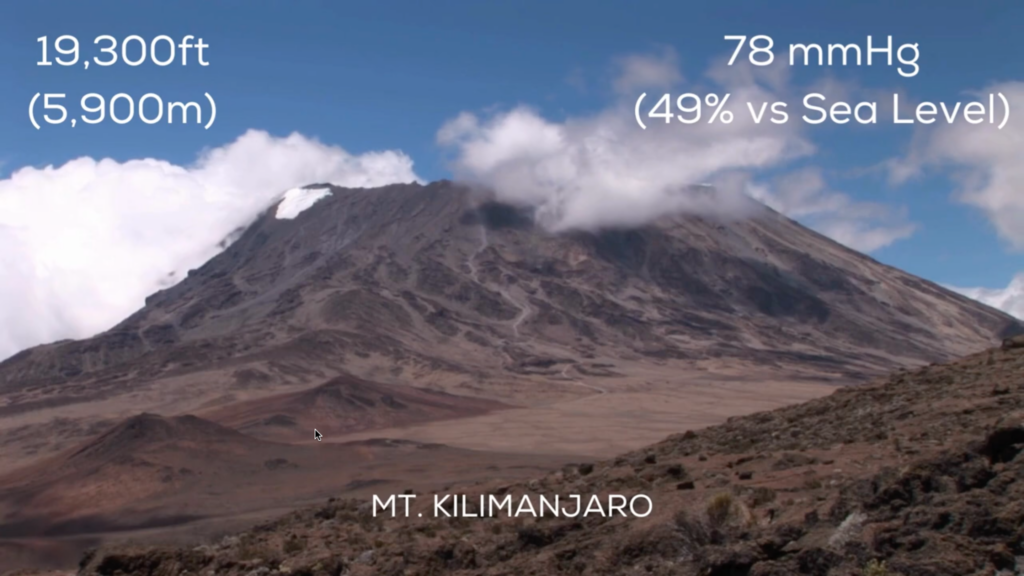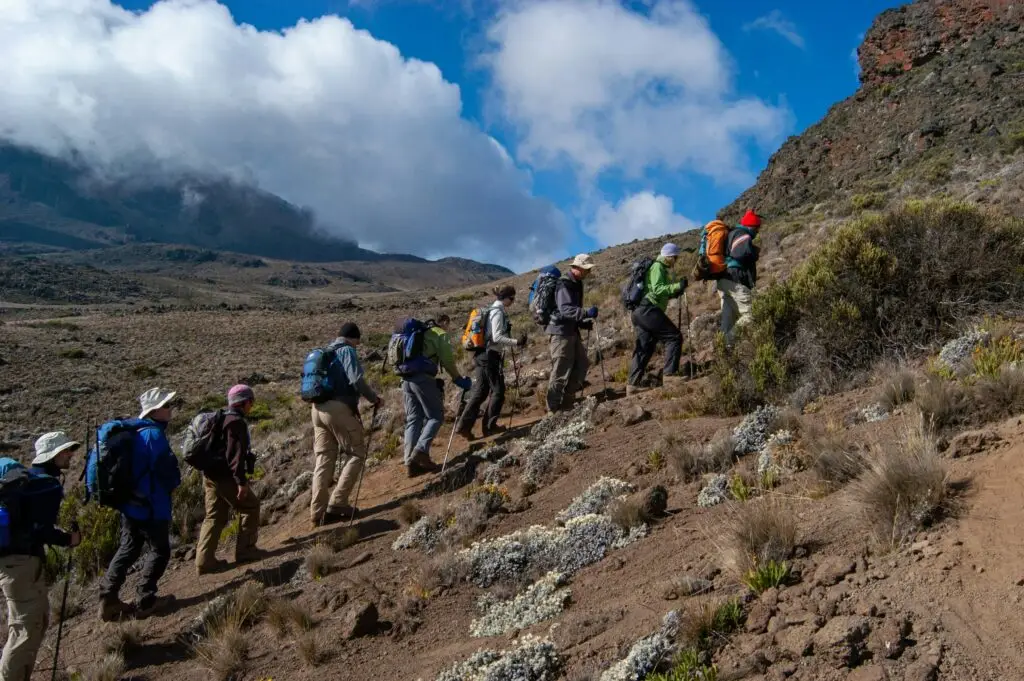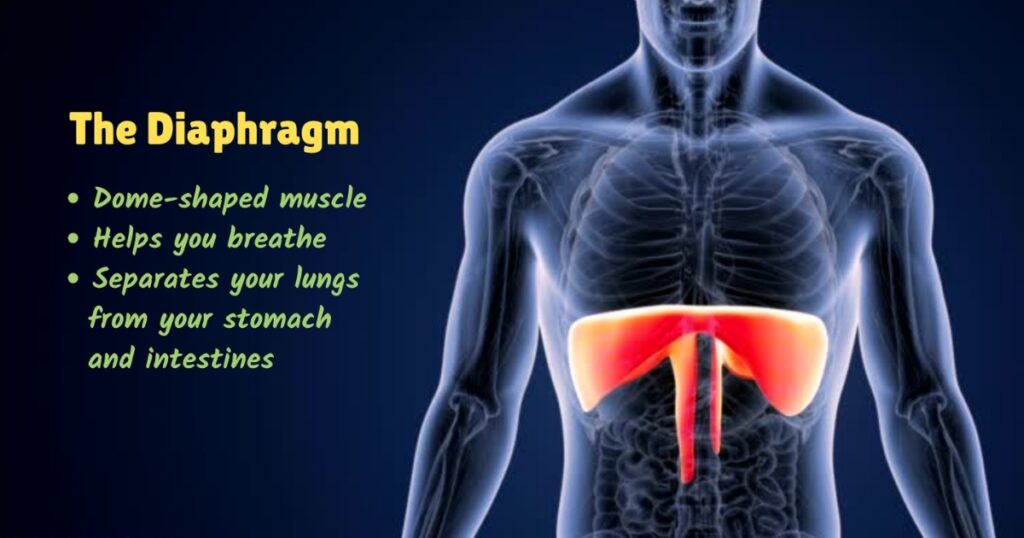What Happens to Your Body at High Altitude
Have you ever wondered what happens to your body at high altitude?
With the recent rise of high-altitude adventurers around the world—including those trekking to Everest Base Camp, participating in mountain endurance races like the Leadville 100 in Colorado, or pursuing mountaineering as it gains popularity—this question is brought up over and over.
Disclaimer: Hey, we’re a breathwork-based coaching and adventure travel company! So, of course we’re focused on the respiratory system (and how to improve its response at high altitude). If you are looking for more of a holistic or medical description, we recommend this informative YouTube video. If you want to hear more about how your breathing works at altitude, and what you can do about it, read on!
There's Lower Air Pressure at High Altitude
As you climb higher in altitude, there is lower air pressure, and the further you get from sea level, the lower the air pressure becomes.
Air Pressure at Sea Level: The partial pressure of oxygen at sea level is about 160 millimeters of mercury (mmHg).
Air Pressure at High Altitude: In stark contrast, if you’re planning a trek to the top of Mt. Kilimanjaro, the highest peak in Africa at about 19,300 feet (5,900 meters), the partial pressure of oxygen is less than half of that at sea level, at only 78 mmHg. That’s just 49% of the oxygen pressure available at sea level!

Effects of Reduced Oxygen Availability
This significant drop in oxygen availability presents a big challenge for your body. With every breath you take at higher altitudes, there is less oxygen in that volume of air. As a result:
- Breathlessness: You can start to feel breathless.
- Light-headedness: You may experience light-headedness.
- Headaches: Strong headaches can occur.
- Fatigue and Appetite Loss: You might feel extremely fatigued, yet have no appetite.

Your Body's Response to High Altitude
In response to the lack of oxygen, your body takes action to protect itself:
- Increased Breathing Rate: Your body makes you breathe faster, although this isn’t always better. When it comes to breathing, just because it’s automatic doesn’t mean it’s optimal. Without proper breathing mechanics, sufficient oxygen uptake capacity (VO2 max), adequate carbon dioxide tolerance, and respiratory muscle strength, your situation can worsen.
- Diaphragm Strain: Your diaphragm will need to work much harder to pull air into your lungs due to the lower pressure outside.
- Erythropoietin (EPO) Release: Your body releases EPO to create new red blood cells, which takes time and is part of a normal acclimatization process.
Traditional Acclimatization Methods
Experienced mountaineers often rely on these methods to acclimatize:
- Gradual Ascent: Ascending slowly allows your body time to adjust.
- Hydration and Nutrition: Staying well-hydrated and maintaining a high-carbohydrate diet fuels your body’s energy needs.
- Hike High, Sleep Low: Hiking to higher altitudes during the day and descending to sleep at lower altitudes helps your body adapt.
You can watch the full video we released about What Happens To Your Body At High Altitude
How You Can Prepare at Sea Level: Recal's High Altitude Breathwork Training
Introduction to Breathwork Training
Breathwork training is a plan designed to use specific breathwork protocols to make adaptations to your body for a specific purpose. Recal’s High Altitude Breathwork Training program is designed to prepare you for trekking at high altitudes, even if you live at sea level.
Key Benefits of Breathwork Training
- Improve Breathing Efficiency: By improving your breathing efficiency, you can prevent severe hypoxia at altitude. Our goal is to enable you to keep your breathing rate slow and controlled, enhancing blood oxygenation. We live by the moniker Nose – Slow – and Low (NSL).
- Create Physiological Adaptations: The program simulates high altitude environments through breathwork. We use intermittent hypoxic, hypercapnic training exercises, which has been shown through published scientific research to increase your oxygen uptake capacity (VO2 max) through the creation of new red blood cells, or an increase in hemoglobin concentration. You will also train your CO2 tolerance, improving the efficiency of oxygen delivery to your muscle tissues through something called the Bohr Effect.
- Increase Respiratory Muscle Strength: By incorporating strength training exercises for your diaphragm and intercostal muscles, you will be better prepared for the thinner air at high altitude. Our exercises, including the use of the Oxygen Advantage SportsMask, which increases air resistance to each inspiration, will provide you with the respiratory muscle strength needed to combat the thinner air at altitude.
Summing Up: Tradition Meets Innovation
Research consistently shows that mindful application of breathwork can have a positive impact on your life. It can reduce stress and anxiety, improve sleep quality, decrease fatigue and recovery time after physical activity, boost your immune system, and improve emotional intelligence. More recently, research has proven that breathwork training can prepare you for high-altitude situations.
Preparing for high altitude isn’t just about endurance; it’s about a symphony of approaches. By blending traditional fitness programs, tried-and-true acclimatization methods, and innovative high altitude breathwork training, you can prepare for the challenge more effectively. This harmonious blend equips you to savor each step and each breath on your journey to high altitudes.
From all of us here at Recal, we wish you the best of luck in your upcoming adventures. See you on the mountain soon!
~ Message from Recal ~
Thanks for stopping by our blog. Here at Recal, we offer breathwork-based coaching to help you prepare for life’s greatest endeavors.
The latest program we offer is High Altitude Breathwork Training to get you ready for the mountain, even if you live at sea level. We also created Guidebook to use as a daily journaling tool; it has helped leaders around the world live more focused and fulfilling lives.
We also have a strategic partnership with Oxygen Advantage and use their products (like mouth tape for sleep and SportsMask for altitude training) to help our community become better leaders through breathwork training and proper breathing habits. You can view their online breath courses and products by clicking here.
We stand by the things that we offer and promote – and proudly use them ourselves.
If you have any questions, we’re here to help: email us at hi@recaltravel.com.

